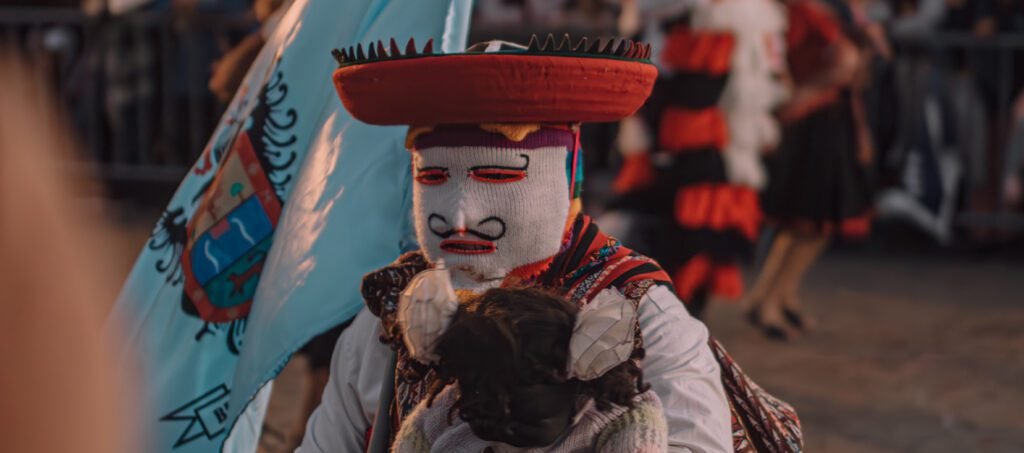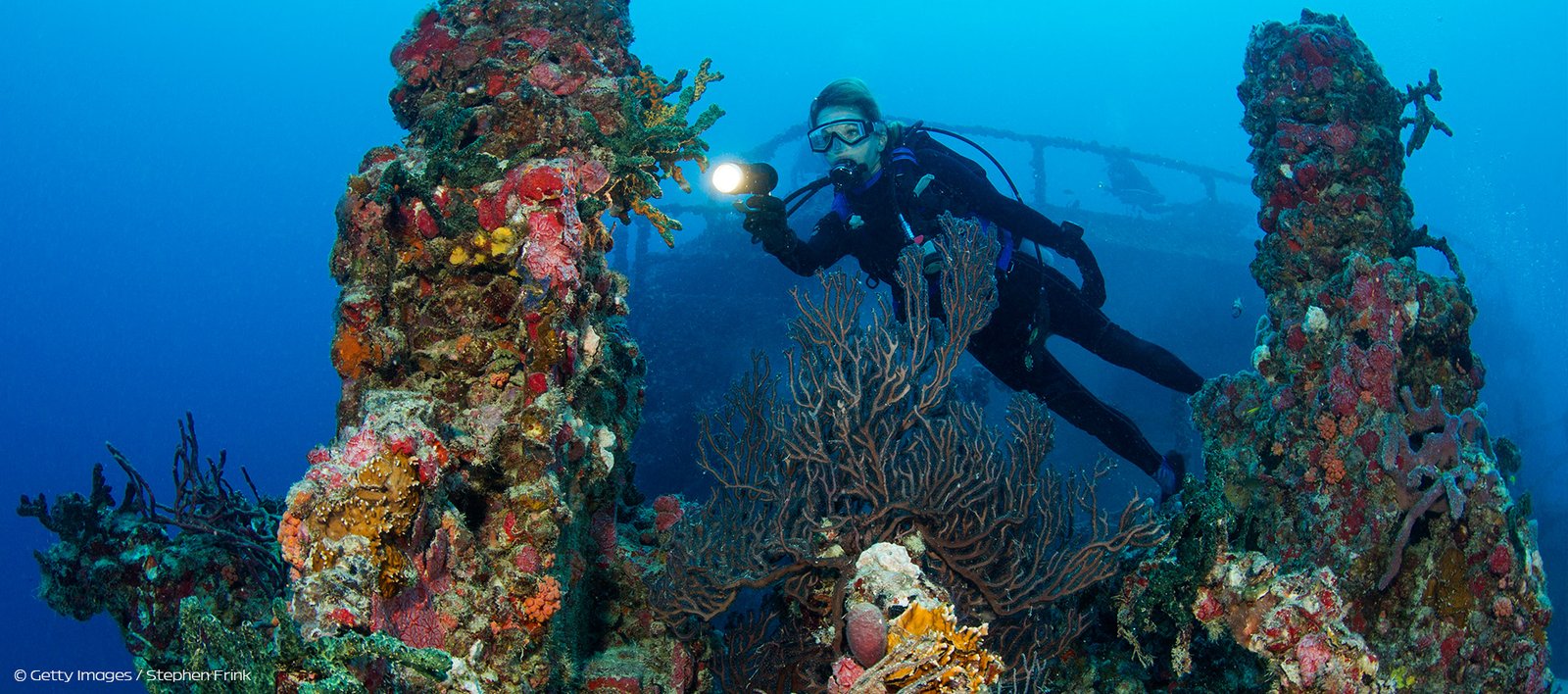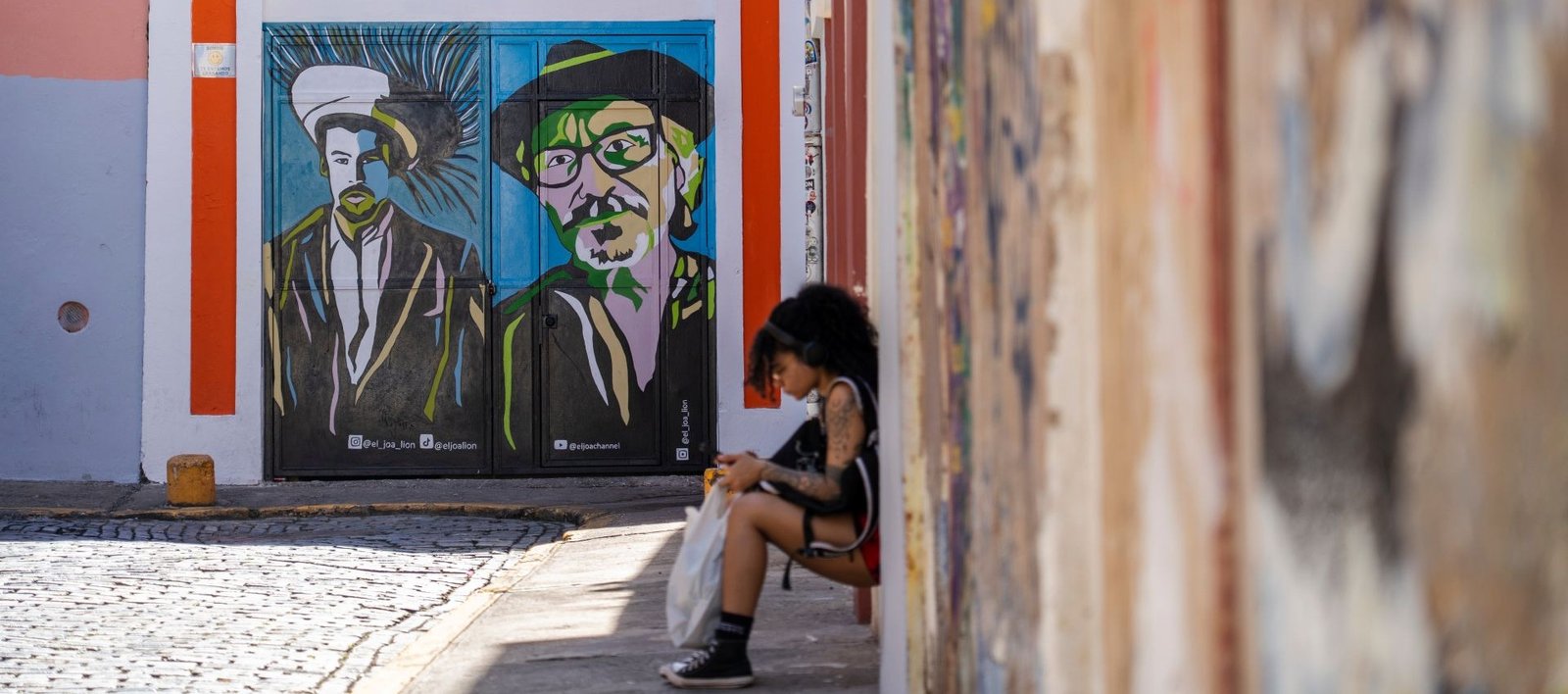
Inti Raymi: Sun Festival and Andean New Year
Every June 24, Cusco celebrates its greatest festival, the Inti Raymi (Sun Festival in Quechua).. Coinciding with the winter solstice and harvest season, it is also the true Andean New Year. This heavily attended and highly evocative festival brings together locals and visitors as Cusco natives display their ancestral pride and their diligence.
By Jorge Ventocilla
Photos: Luis Zamora y Getty Images
Cusco was the center of the Inca Confederation (Tawantinsuyu or Tahuantinsuyo), which encompassed parts of what are now Perú, Bolivia, Chile, Ecuador, Argentina, and Colombia.
On this side of the world, the winter solstice occurs between June 21 and June 24, when the sun is at its farthest point from the Southern Hemisphere, resulting in the longest night of the year.
These days, this beautiful festival continues to be heavily attended and highly evocative, bringing together locals and visitors.


Cusco is a bright light among South America’s tourist destinations., It is the oldest continuosly inhabited city in theAmericas but andregardedby manypeople asits archeological capital,. so it is not surprising that most tourists toP erú its visitthe. city.There is a feeling of something unique andspecial here:. roots,ancestral traditions, and a a connection with the sacred, not to mention iconic sites like Machu Picchu, Ollantaytambo, Sacsayhuamán, Qenqo , among others.…
“Cusco” derives from Qosqo, meaning “navel” en quechua, themost widely spoke indigenous language of the Americas,, and one of Peru’sofficial languages alongside Spanish.. This city was the center of the Inca Confederation (Tahuantinsuyo), which spread over 965,255 square miles and encompassedparts of what arenow Perú, Bolivia, Chile, Ecuador, Argentina, and Colombia. Its historic quarter has been designated a UNESCO World Heritage Site..
This region has always celebrated life. There were festivals across the Andes throughout the year, including sacred festivals for giving thanks and evoking the divine. There is clear evidence of extensive human toil: the majestic structures, the immense variety of agricultural products, and the thousands of varieties of potatoes are just some examples. People worked hard together, sharing the fruits of their labor, and they also danced and sang together.

The Festival Endures
One of the most significant festivals, stillis celebrated today, is the Inti Raymior Sun Festival. At the beginning of the 17th centur, ywriter Garcilaso Inca de la Vega noted that the festival was held “to honor and worship the Sun as the one and only god, whose light and virtue nurtured and nourished all things on Earth”. Furthermore, the Sun was the of the first Inca monarch Mamanynco Cápac and the coya (the principal wife and spiritual leader) Mama Ocllo Huaco, their children, and other descendants. Chronicler Sarmiento de Gamboa adds a third reason for the festival: to bring joy to the people with a festival celebrated in every corner of Tahuantinsuyo.

Poet Isabel María Álvarez says that the peoples who knew how to read the heavens “found them to be unchangeable and uncontainable, judicious and just, supportive and selfless.” This is why so many cultures adopted the sun as the wellspring of their mythology, “but it was in the Andes, particularly during the Inca period, that the Sun (Inti) became so closely intertwined with society.”
On this side of the world, the winter solstice occurs between June 21 and June 24 when the sun is at its farthest point from the Southern Hemisphere, resulting in the longest night of the year.
The Tawantinsuyu writer describes it poetically: “From June 21 to 24, the Sun reclines on the horizon and tilts its rays as much as possible, producing the longest night of the Southern Hemisphere. This marks the beginning of its return journey to these latitudes, its touch awakening, one by one, the natural forces that renew and energize all living things. It is the start Mosoq Wata or the Andean New Year”.

As dawn broke on the day, the ruler and his opulent retinue were borne into Wasi PataCusco’s main square, on a bejeweled and sumptuously draped litter. As the rays spread their warmth and light, the people paid tribute to the Sun. Later there would be parades and plays with actors from all around the empire. Garcilaso Inca de la Vega described the festival, which lasted nine days, as truly spectacular.


The plaza is now one third of its original size and the cathedral rises on the site of the ancient Wiracocha Palace, while the Church of the Society of Jesushas replaced the Huayna Cápac Palace.. What is more since people do not generally set their schedules bythe stars anymore, Inti Raymi is celebrated in Cusco on the samefixed date of: June 24 These days, this beautiful festival continues to be heavily attendesand highly evocative bringingtogetherlocals and visitors., Cusco natives prepare well ahead of time, displaying their ancestral pride and their diligence.
The big day’s celebration covers three sites: in the morning the festival opens at the Qorikancha (Temple of the Sun), then heads to the Plaza de Armas, and in the afternoon the celebration continues at the citadel of Sacsayhuamán, another sacred place. Every visitor to Peru should take part in this Andean celebration.
I hope that one day everyone will have a chance to share in this meaningful event that still shines like the undimmable sun in the archaeological capital of our continent.





Leave a Reply